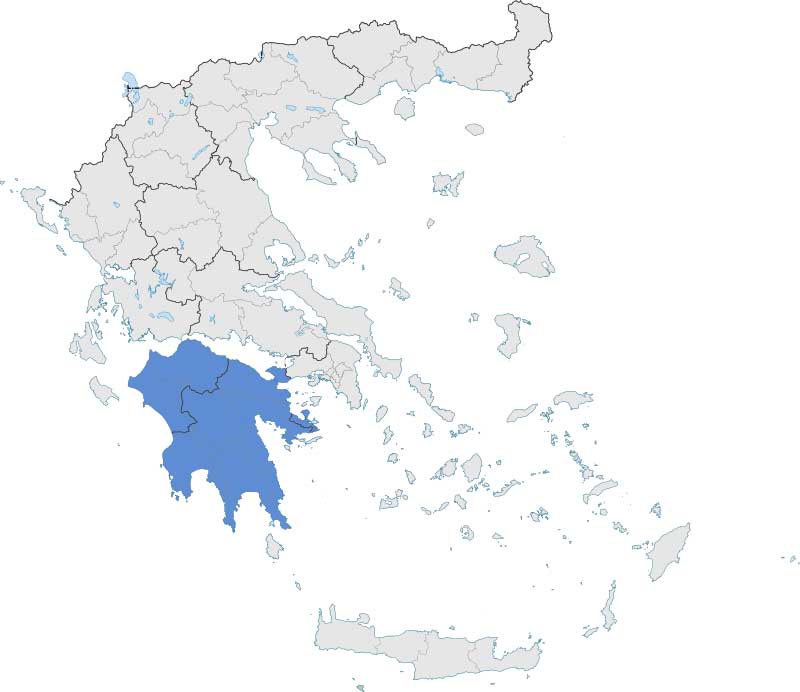Heraklion – Iraklio
Crete’s capital Iraklio (ee-rah-klee-oh), also called Heraklion, is a bustling modern city and the fifth largest in Greece. Hectic, densely populated Iraklio lacks the architectural charm of Hania and Rethymno but is nonetheless a dynamic city. It has a lively city centre, chic boutiques, quality restaurants and buzzing cafés. Continuing redevelopment of the waterfront and new roads


